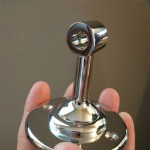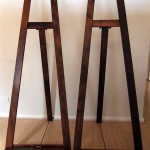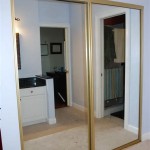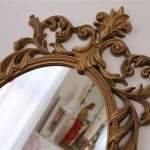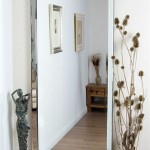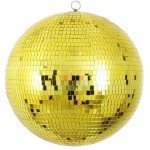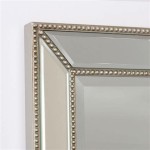How to Make a Two-Sided Mirror
A two-sided mirror, often referred to as a one-way mirror, appears reflective on one side and transparent on the other. This optical effect relies on specific lighting conditions and a partially reflective coating. This article will outline the process of creating a two-sided mirror, emphasizing the necessary materials and techniques.
The key element in constructing a two-sided mirror is a specialized type of glass called dielectric mirror, or a partially silvered mirror. Unlike standard mirrors with a solid reflective backing, these mirrors possess a thin metallic coating that reflects only a portion of the incident light. The remaining light passes through the glass. Commercially available films containing this coating can also be applied to existing glass surfaces. These films, commonly referred to as "mirror window film," are generally more readily accessible than dielectric mirrors.
Acquiring the appropriate materials constitutes the first step. If opting for mirror film, select a product specifically designed for creating one-way mirrors. The film's technical specifications, including light transmission and reflection percentages, should be carefully considered based on the intended application. For those working with dielectric mirrors, sourcing from specialized glass manufacturers is recommended. The dimensions of the glass or film should be precisely measured and cut to fit the desired frame or enclosure.
Preparing the glass surface is crucial for successful film application. The surface must be meticulously cleaned to remove any dust, fingerprints, or residue. Applying the film requires a wet application method. This involves spraying the glass surface with a soapy water solution before carefully positioning the film. The solution allows for adjustments during application and aids in the removal of air bubbles.
Once the film is positioned correctly, a squeegee is used to smooth out the film and expel any remaining water or air bubbles. Working from the center outwards ensures even distribution and prevents wrinkles or creases. It's essential to exercise patience and precision during this stage to achieve a flawless finish.
Alternatively, if using a pre-fabricated dielectric mirror, the mounting process focuses on securely fixing the mirror within its designated frame or structure. Standard mirror mounting hardware and techniques can be employed, ensuring the mirror is firmly held in place and properly aligned.
The effectiveness of a two-sided mirror depends significantly on the lighting conditions on either side. The brighter side will appear reflective, while the dimmer side will allow observation. This principle dictates the practical applications of such mirrors, often employed in observation rooms, security setups, and theatrical illusions.
To maximize the one-way effect, the observation side (dimmer side) should be kept as dark as possible. Conversely, the reflective side should be well-lit. This stark contrast in lighting levels enhances the reflective properties on the brighter side while allowing for unobstructed viewing from the darker side.
Controlling light leakage between the two environments is crucial. Any light sources on the observation side, such as lamps or electronic device screens, can compromise the mirror's functionality. Addressing potential light leaks is essential to maintain the integrity of the one-way effect.
Specific lighting adjustments may be required depending on the intended use. In some applications, specialized lighting fixtures or filters might be employed to fine-tune the light balance and optimize the mirror's performance.
Safety considerations should always be paramount when working with glass and mirrors. Appropriate safety equipment, such as gloves and eye protection, should be worn throughout the process. Handling sharp edges with caution and disposing of broken glass properly are necessary safety precautions.
Troubleshooting common issues involves addressing imperfections in film application or light control. Uneven lighting, air bubbles trapped beneath the film, or improperly cleaned glass surfaces can detract from the desired effect. Careful examination and corrective measures can rectify these issues.
Different types of mirror film offer varying levels of light transmission and reflection. Selecting the appropriate film depends on the specific application and desired level of concealment. Researching product specifications and consulting with suppliers can help in making informed decisions.
The longevity of a two-sided mirror depends on the quality of materials used and environmental factors. Proper maintenance, including regular cleaning and protection from scratches, can extend the lifespan of the mirror. Extreme temperature fluctuations and humidity should be avoided to prevent damage to the film or glass.

Make A 2 Sided Desktop Infinity Mirror

How To Make A Two Way Mirror

Two Way Mirror

How A Two Way Mirror Works

How To Apply 2 Way Mirror On Glass And Plexiglass 7 Steps With Pictures Instructables

Two Way Mirrors

Making An Infinity Mirror With Two Way Acrylic Cut Plastic Sheeting

This Is An Easy Way To Test Travel Staysafe Twowaymirror Traveltik How Know If A Mirror Double Sided Tiktok

Easy Ways To Make A One Sided Mirror With Pictures Wikihow

How To Detect A Two Way Mirror Fingernail Test

